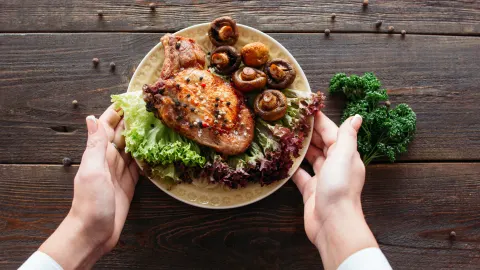Weight management
Introduction
Maintaining a healthy weight isn’t only about looking good in your favorite clothes. It can mean a healthier overall you.
But sometimes it isn’t easy. That's why you need a weight management program that works for you to help you achieve and maintain a healthy lifestyle.
To help you understand what's happening to your body when you try to lose weight, we’ve gathered information on these topics and put them in one convenient place.
This includes details on how obesity is defined, what body mass index (BMI) is, safe weight-loss diets, and more to help you achieve your weight management goals.
Before making any changes to your diet or lifestyle, be sure to set up an appointment with your healthcare provider (HCP).
They can work with you on a plan tailored specifically for you, so you'll be more likely to achieve success in a safe and healthy way.
BMI

You've probably heard of body mass index (BMI). But what is it? Can you calculate it on your own? What do doctors and insurance companies use it for? Is it really the best measure of your health? Read on to find the facts about BMI and healthy weight.
Obesity
Obesity has been called a national health crisis. But what does it mean to be obese? And if you are obese, what types of problems can it cause? Find out what might be triggering your weight gain and when it may be time to take action.
Weight loss strategies and diets

Are you looking for healthy weight-loss plans? What are the best foods for weight management? What is a serving size? Can you snack while dieting? How effective is the Keto diet? Read on to learn the facts about weight loss.





